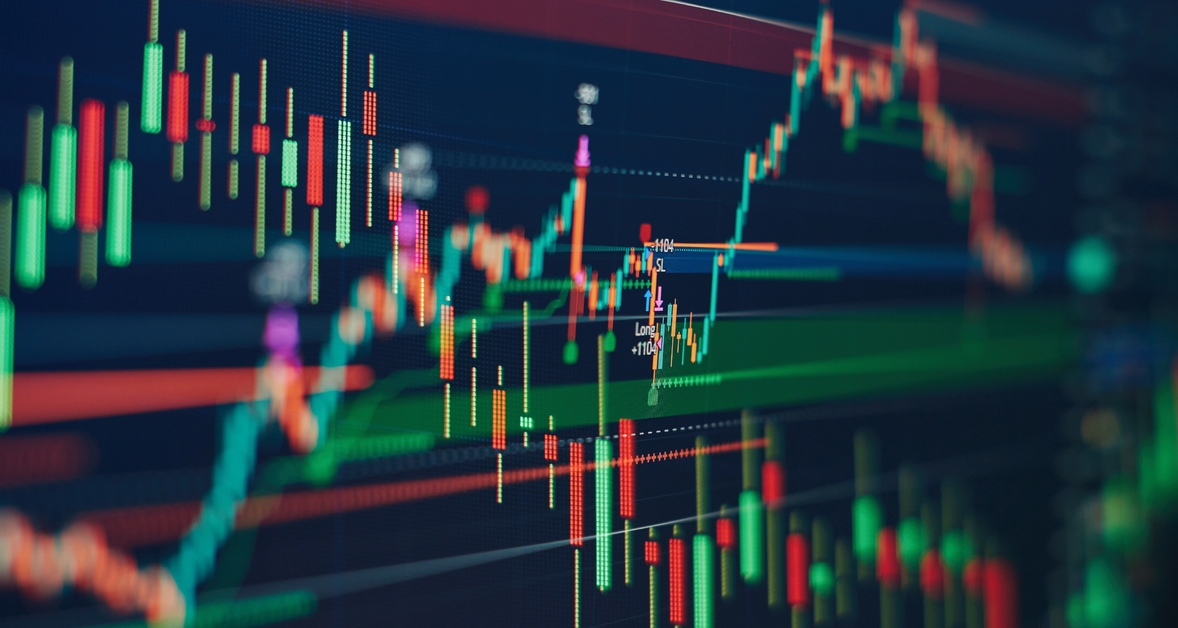In Forex trading, understanding how and why currencies move is essential for creating knowledgeable decisions. Currency sets alter centered on various economic, political, and specialized facets, and being able to understand these activities allows traders a significant advantage. Because forex requires trading one currency against still another, traders require to follow both parties of a pair to grasp the broader market dynamics.

Financial Indicators Get Price Activities
One of the main drivers of currency action is financial data. Studies such as for instance GDP development, unemployment results, inflation rates, and manufacturing activity present insights right into a country's financial health. Strong economic performance on average raises a country' ;s currency, as it implies a stable and growing economy that draws investment. On the other hand, poor information can indicate trouble forward and can lead to a currency's decline.
Fascination rate conclusions are still another key influence. Main banks alter curiosity prices to manage inflation and economic growth, and these decisions often lead to substantial cost shifts. Larger curiosity rates tend to support a currency because they provide greater returns on investment. Decrease rates, conversely, may lower a currency's price while they signal delaying development or an attempt to stimulate spending.
Political Events and Worldwide Feeling
Political balance is carefully connected to currency performance. Elections, geopolitical tensions, and policy changes can create uncertainty, which the industry on average dislikes. Traders usually respond rapidly to such developments, causing short-term volatility and , in some cases, longer-term trends.
Global feeling and industry chance appetite also affect currency movement. When traders are confident, they may like riskier currencies associated with emerging markets. During uncertain times, safer currencies, such as these guaranteed by greater, stable economies, often strengthen as investors seek shelter from volatility.
Specialized Factors and Industry Psychology
Technical evaluation plays an important role in forex trading. Traders examine value graphs, patterns, and indications to predict future movements. Help and weight levels, going averages, and momentum signs help identify possible access and leave points. These methods, along with traditional cost conduct, information traders in responding to cost changes, usually separate of financial data.
Industry psychology, including herd behavior, can also influence currency trends. Whenever a big band of traders feels a currency can rise or fall, their collective activities can influence rates for the reason that path, at least in the short term.
Currency Correlations
Currencies do not relocate isolation. Some sets are absolutely or negatively correlated based on financial connections or provided influences. For case, commodity-linked currencies usually relocate conjunction with global item prices. Understanding these relationships helps traders manage risk and improve their methods by expecting how one currency's movement may influence another.
Realization
Currency movement in forex is shaped with a mixture of financial data, political developments, specialized patterns, and trader sentiment. Effective traders develop a thorough view of these facets, allowing them to react more accurately to market conditions. By tracking key indications and knowledge what drives volatility, traders can better understand the forex market and enhance their likelihood of regular performance.
